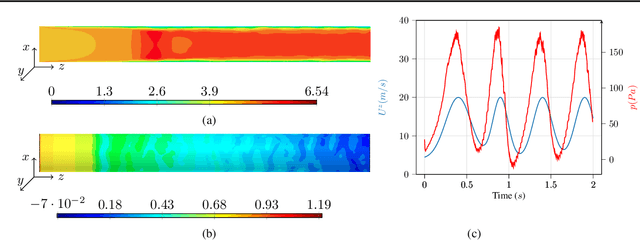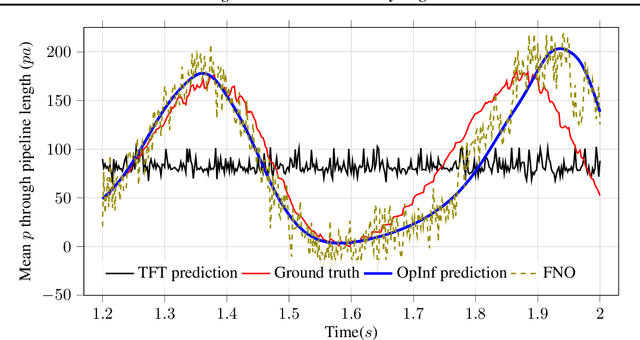A Machine Learning Pressure Emulator for Hydrogen Embrittlement
Paper and Code
Jun 22, 2023



A recent alternative for hydrogen transportation as a mixture with natural gas is blending it into natural gas pipelines. However, hydrogen embrittlement of material is a major concern for scientists and gas installation designers to avoid process failures. In this paper, we propose a physics-informed machine learning model to predict the gas pressure on the pipes' inner wall. Despite its high-fidelity results, the current PDE-based simulators are time- and computationally-demanding. Using simulation data, we train an ML model to predict the pressure on the pipelines' inner walls, which is a first step for pipeline system surveillance. We found that the physics-based method outperformed the purely data-driven method and satisfy the physical constraints of the gas flow system.
 Add to Chrome
Add to Chrome Add to Firefox
Add to Firefox Add to Edge
Add to Edge